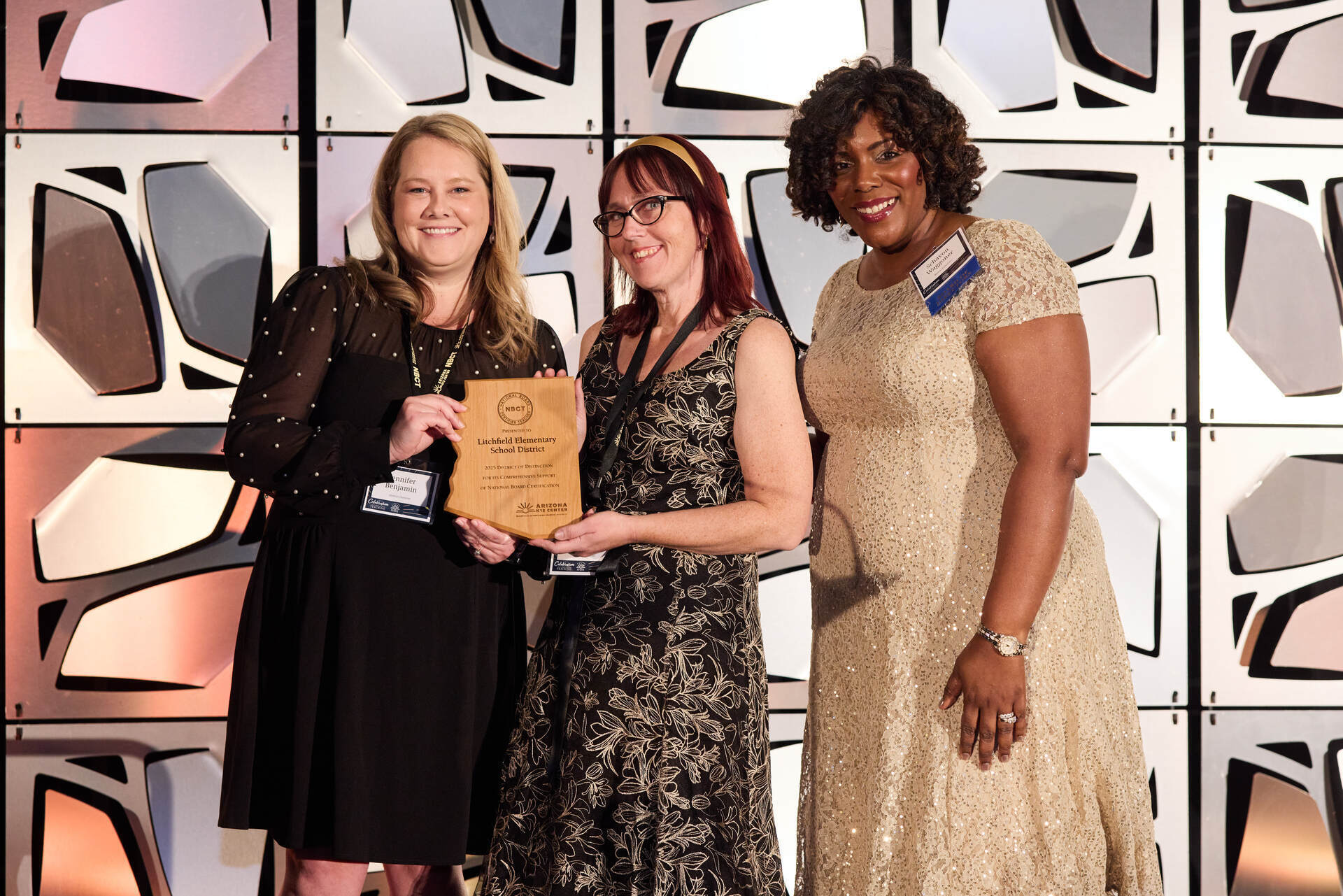September 6, 2017
Should We be Teaching Kids to Code?
Here’s how our students can learn literacy, logic, and problem solving.
Teaching kids to code isn’t necessarily about shaping them into mini computer engineers. It’s about literacy, logic, and problem solving. Trends in education come and go, and while we won’t be trading in recess for more screen time, coding in the classroom is one bandwagon we’re definitely joining. Here are five reasons why.
- It nurtures creativity… Coding pairs limitless imagination with tools of infinite potential. Learning to write programs stretches the mind, allows kids to express themselves, and puts ideas into motion.
- …and problem solving. Learning to code shows students how to see the whole picture and then tackle a problem from different angles. There’s more than one way to get to the desired goal, and programming allows kids to test a solution immediately. In programming, mistakes are part of the process. Also, kids who are learning how to code are going to take a big problem and break it down into smaller problems. These are skills required for all walks of life, not just computer science.
- Coding opens doors. The national average salary for IT jobs? $81,000 — more than double the national average for all jobs. Plus, the field is set to expand 12 percent from 2014 to 2024. It’s been predicted that over a million programming jobs will be available in the next decade.
- There’s something for everyone. From low-level machine language and assembly code to high level compiled languages (like C, C#, and Visual Basic) and scripting languages (like Python, Ruby, and PHP), there is something to satisfy all levels and desire (or lack thereof) to dive into the nitty-gritty of how machines operate.
- It’s empowering. How cool is the ability to communicate with machines? Really, really cool. Add that to the list of coding’s appeal, right alongside controlling robots, making art, making a computer solve a complicated problem, communicating instantaneously with millions of other people, and transforming ideas into interactive realities. Coding serves up a hefty dose of intrinsic motivation that stems from creating, manipulating, and mastering.
Even for those of us who never intend to pursue programming as a career, learning coding skills transports us from mere consumers of technology to leaders and creators. Coding is an integral part of our daily and future lives. It’s logical and scientific — and it’s creative.
Are you interested in learning about how to bring coding into your classroom? This spring, the Arizona K12 Center will host a Code.org Computer Science Fundamentals course free of charge — register now!











